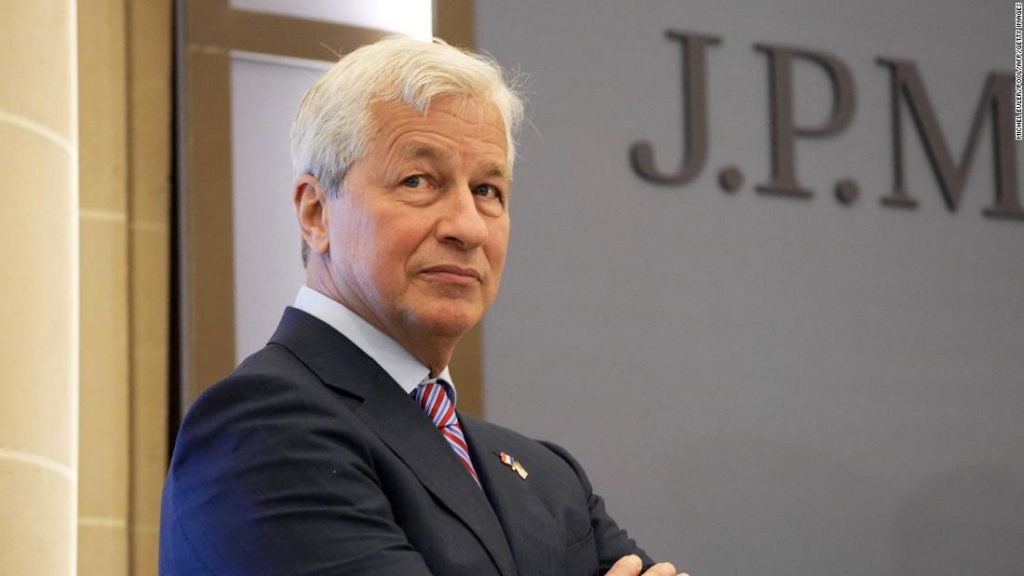Revenue fell 8% to $30.5 billion as JPMorgan’s booming Wall Street business cooled from elevated levels.
CEO Jamie Dimon said in a statement consumer and corporate balance sheets remain “exceptionally strong as the economic outlook continues to improve.” He pointed to a sharp decline in bad loans as evidence of the “increasingly healthy condition of our customers and clients.”
“We are encouraged by the continued progress against the virus and the economic recovery that is underway, especially the United States,” Jeremy Barnum, JPMorgan’s chief financial officer, told reporters during a conference call.
Dimon is not so sure that prices will cool off as quickly as the Federal Reserve expects.
“Inflation could be worse than people think. I think it’ll be a little bit worse than what the Fed thinks. I don’t think it’s only temporary,” Dimon said during a conference call with analysts.
Americans are spending way more than pre-Covid
Inflation is being driven up in part by surging demand as consumers spend aggressively. JPMorgan said combined debit and credit card spending surged 45% in the second quarter from a year earlier. Spending is now 22% above 2019 levels.
Dimon pointed to “accelerating growth” across all categories, including travel and entertainment, which surpassed 2019 levels by 13%.
“Travel and entertainment has really turned a corner,” Barnum said.
JPMorgan’s Wall Street arm slowed down a bit. Total markets revenue tumbled 30%, led by a 44% decline for fixed income markets.
Yet JPMorgan continues to haul in fat fees from advising on M&A and IPO deals: Global investment banking revenue jumped 37% to $1.2 billion.
“Capital markets have just been wide open,” Barnum said.
You may also like
-
Afghanistan: Civilian casualties hit record high amid US withdrawal, UN says
-
How Taiwan is trying to defend against a cyber ‘World War III’
-
Pandemic travel news this week: Quarantine escapes and airplane disguises
-
Why would anyone trust Brexit Britain again?
-
Black fungus: A second crisis is killing survivors of India’s worst Covid wave

